 Do you have an existing tree resting on a slope? Are you contemplating about adding a tree, but the property rests on a hill? Is it feasible to plant a tree on a slope? Learn of the complications and the viability of maintaining trees on a slope.
Do you have an existing tree resting on a slope? Are you contemplating about adding a tree, but the property rests on a hill? Is it feasible to plant a tree on a slope? Learn of the complications and the viability of maintaining trees on a slope.
The Challenges
Slopes naturally pose some issues for trees. One problem is that a slope creates a microclimate where the root has difficulty absorbing water. Essentially, water trickles off the slope before the root and soil are able to absorb the moisture.
Furthermore, trees already taxed from being on a slope have a harder time competing for nutrients with other foliage nearby. This includes plants, shrubbery, and groundcovers, all of which have shallower roots and more quickly consume the nutrients than deeper-rooted trees. Continue Reading →

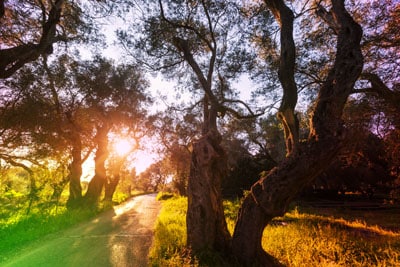 Thick bark is a sign of good tree health. Should you be concerned, though, when you see bark falling off of tree? Is the tree ill? Is it shedding its “skin” much like reptiles do? We’ll discuss the reasons behind trees shedding their bark.
Thick bark is a sign of good tree health. Should you be concerned, though, when you see bark falling off of tree? Is the tree ill? Is it shedding its “skin” much like reptiles do? We’ll discuss the reasons behind trees shedding their bark.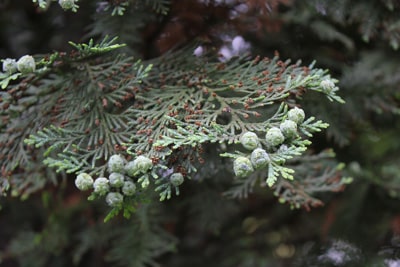 You may see white tree fuzz manifest on your tree. Some people think it’s snow, but it isn’t. The Lake Stevens area doesn’t even see a whole lot of snowfall. The fuzz is common in fir and evergreen trees and appears on the branches and pine needles. Find out what the fuzz is and if it’s cause for alarm.
You may see white tree fuzz manifest on your tree. Some people think it’s snow, but it isn’t. The Lake Stevens area doesn’t even see a whole lot of snowfall. The fuzz is common in fir and evergreen trees and appears on the branches and pine needles. Find out what the fuzz is and if it’s cause for alarm.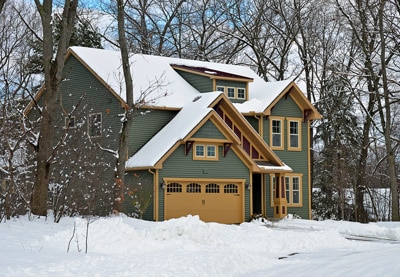 Trees go into hibernation the way bears do. This is known as tree dormancy. With winter here, the tree on your property is likely in dormancy right now. We’ll explain this annual process and some
Trees go into hibernation the way bears do. This is known as tree dormancy. With winter here, the tree on your property is likely in dormancy right now. We’ll explain this annual process and some 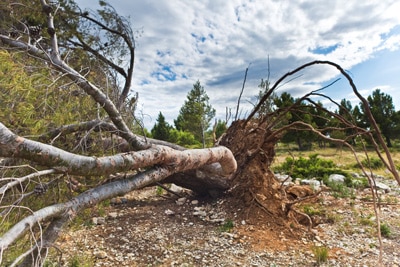 Do you know if a tree on your property is dead or on the verge of death? If you verified the tree is beyond salvaging, then you need to start the dead tree removal process ASAP. We’ll explain why a fast removal is required and why a dead tree is a safety risk.
Do you know if a tree on your property is dead or on the verge of death? If you verified the tree is beyond salvaging, then you need to start the dead tree removal process ASAP. We’ll explain why a fast removal is required and why a dead tree is a safety risk. As a
As a 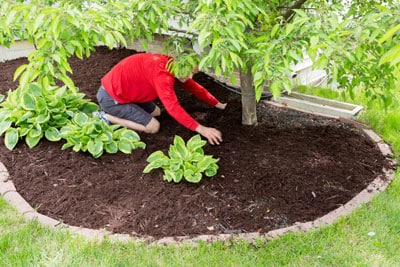 Nutrient beds are a fairly novel concept that’s getting tons of traction in the landscaping community. They are an organic method for immensely improving tree health. We like to think of nutrient beds as mulching 2.0. You’ll know why after reading this post.
Nutrient beds are a fairly novel concept that’s getting tons of traction in the landscaping community. They are an organic method for immensely improving tree health. We like to think of nutrient beds as mulching 2.0. You’ll know why after reading this post.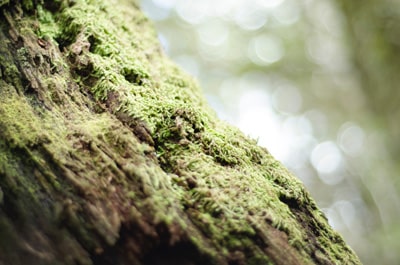 Some homeowners like the look of moss. They believe it adds a natural and “outdoorsy” appearance to the lawn. Moss also grows on trees. Is this harmless or a liability for the tree? We’ll give our professional opinion about tree moss dangers and outline whether moss growth is a cause for concern.
Some homeowners like the look of moss. They believe it adds a natural and “outdoorsy” appearance to the lawn. Moss also grows on trees. Is this harmless or a liability for the tree? We’ll give our professional opinion about tree moss dangers and outline whether moss growth is a cause for concern. Trees can become ill just like people and animals. Bleeding cankers is one common disease that inflicts Pacific Northwestern trees. Every now and then, our
Trees can become ill just like people and animals. Bleeding cankers is one common disease that inflicts Pacific Northwestern trees. Every now and then, our 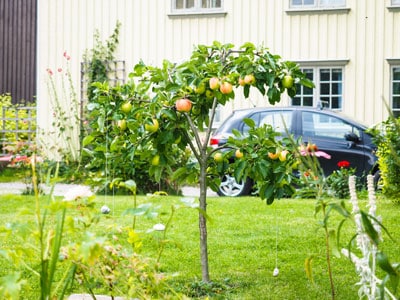 Have a fruit tree on your lawn? The summer is the season to give it extra care to keep disease, insects, and extreme heat at bay. Fruit tree care in the summer isn’t hard; It just requires some adjustments on the homeowner’s end. All too frequently, our
Have a fruit tree on your lawn? The summer is the season to give it extra care to keep disease, insects, and extreme heat at bay. Fruit tree care in the summer isn’t hard; It just requires some adjustments on the homeowner’s end. All too frequently, our